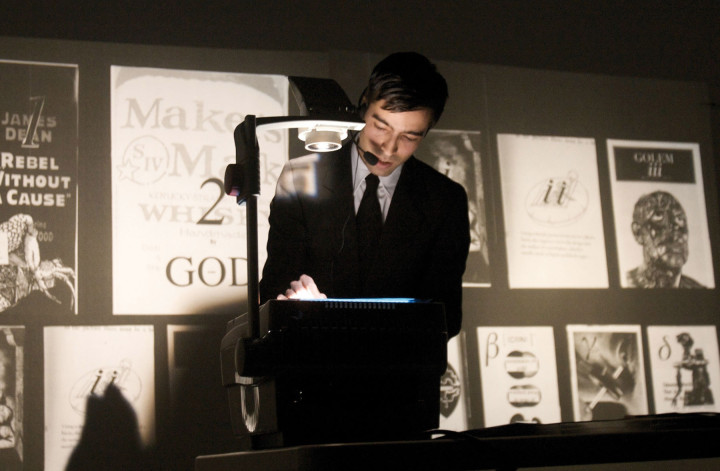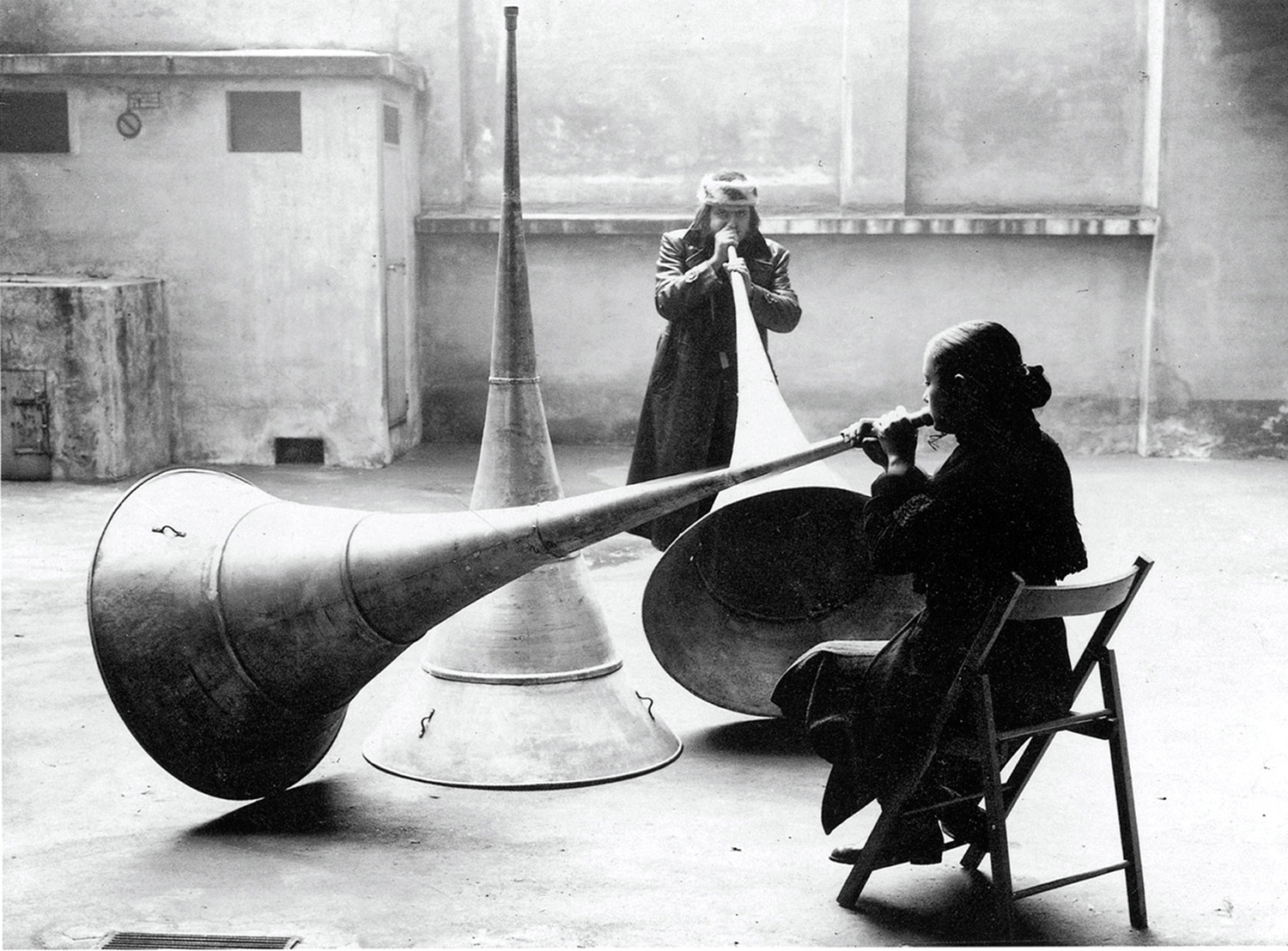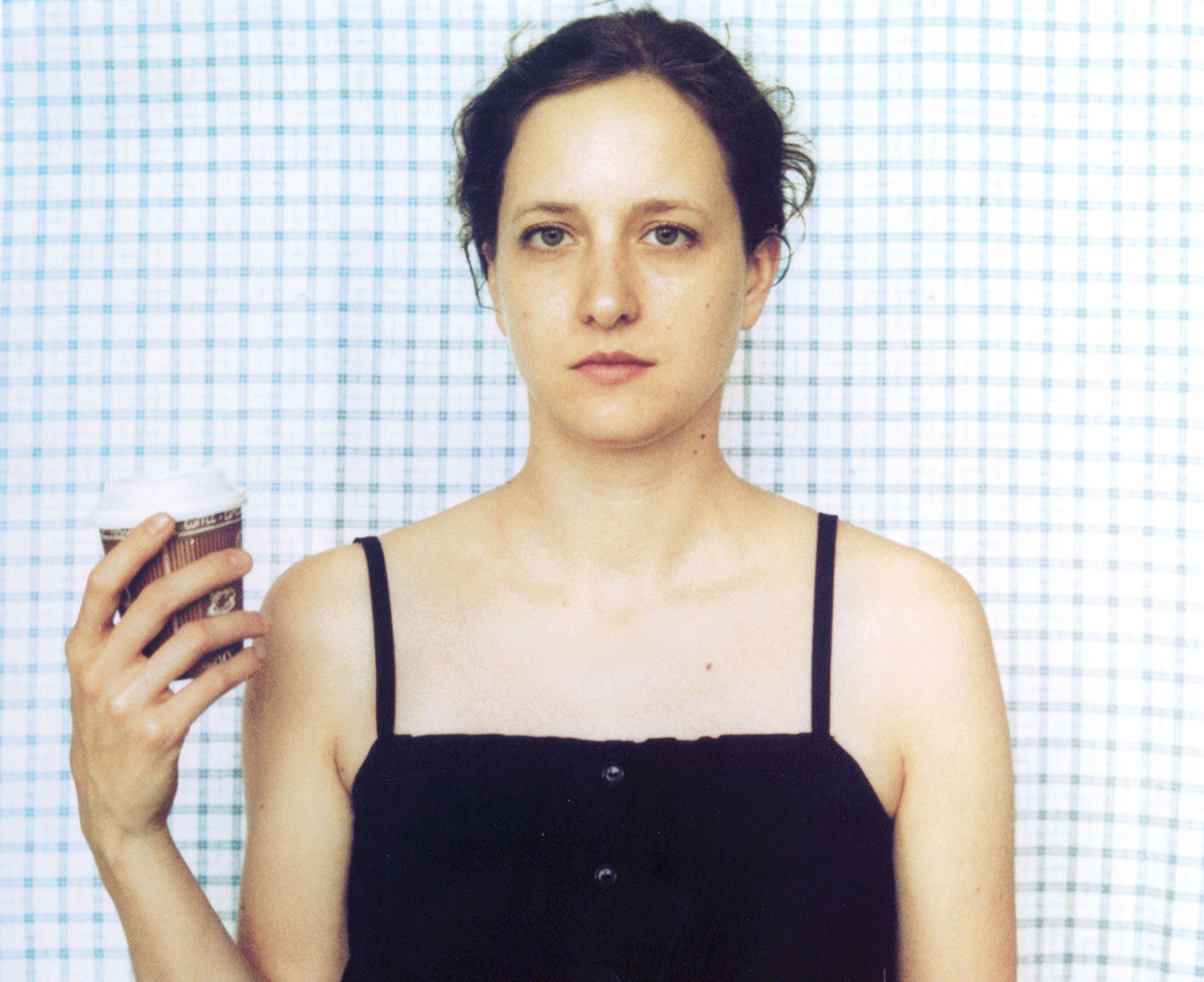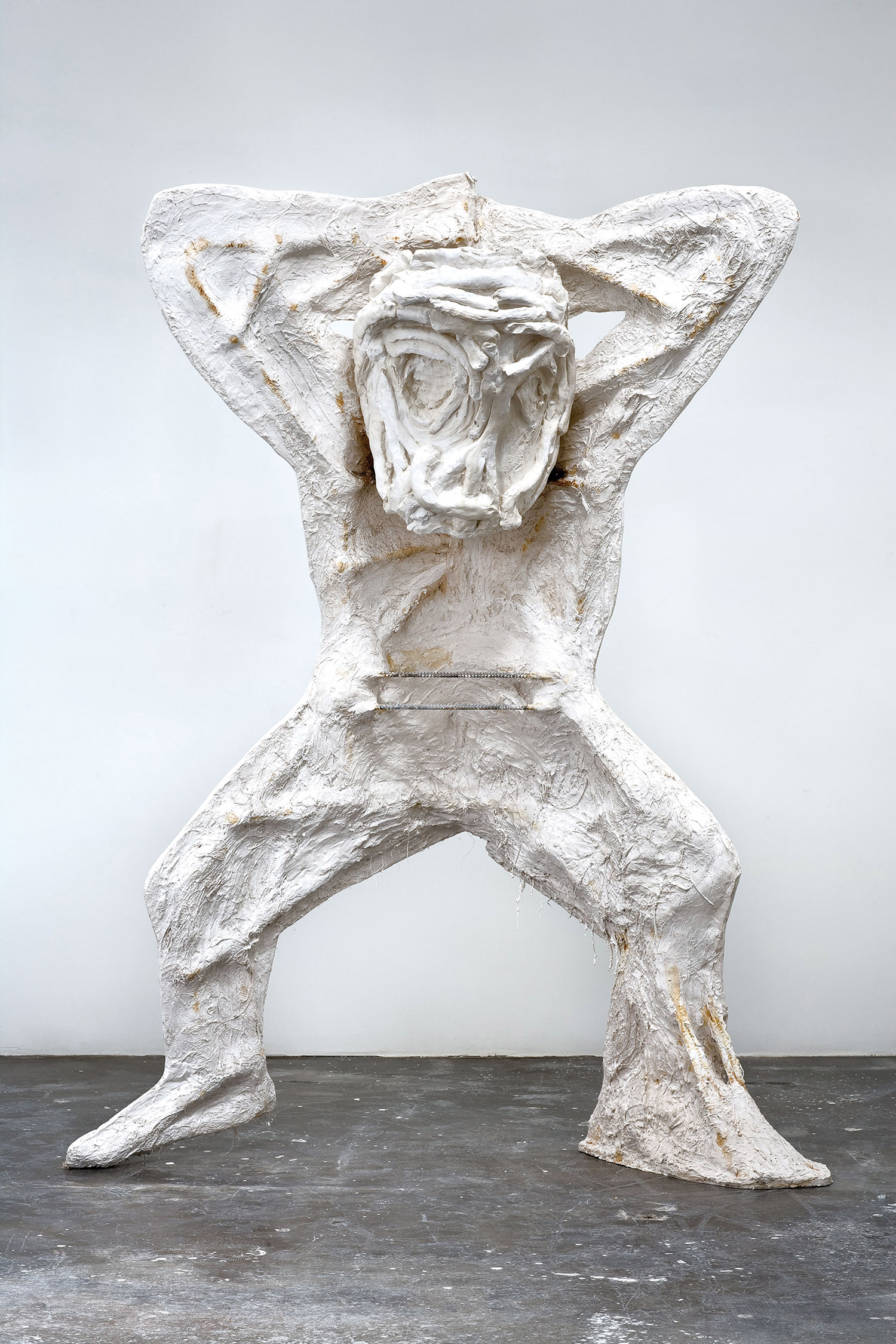
Alexandre Singh is a new type of storyteller — a Wikipediast who sources his mind-bending stories from the web, following the principals of tangential logic.
YULIA TIKHONOVA: Your exhibition “Assembly Instructions” at the Harris Lieberman Gallery in New York is a perplexing assemblage of Xerox collages — an eclectic mix of consumer culture and modern histories linked by chains of pencil dots that suggest connections. What is the logic behind these connections and where is the beginning and the end?
Alexandre Singh: Between each island of collage is a soft linkage of association. Sometimes the linkages are word plays, bad puns; other times they are historical facts. We go from the orange (fruit) to Orange (a town in the south of France) to the house of Orange-Nassau (the Dutch aristocratic family) to the Orange Free State (the South African country founded by Dutch settlers). Sometimes it’s a slight visual clue, for example we may begin with an etching of opium pods being dried, cut out in the same shape as the silhouette of Snow White holding the poisoned apple.
YT: From where do you cull your collages?
AS: Actually, it’s quite a wide gamut that I plunder. There are the encyclopedias and dictionaries; Time Life brought out a range in the late ’60s – early ’70s, and there is always the living archive of Flickr.com.
YT: What kind of connections do you follow?

AS: I think of the connections as sentences or equations. There is always a path, more or less obvious, between them.
YT: A tangential path?
AS: The exhibition subtitle “Tangential Logick” is a play on the relationship between ‘magic’ tricks with wands and cards, and ‘magick’ — the early 20th century occultist movement associated with Alester Crowley. The phrase also describes the creative blurring of associations and thinking evinced in everything from dreams to advertising, from poetry to the ramblings of drunks at the bus station. Strictly linear thought is quite rare to find in this world. Science has been pushed forward by great intuitive leaps, generated by a ‘tangential’ inspiration.
YT: How do your lectures expand upon the ideas of “Assembly Instructions”?
AS: The performances consist of the images of the collages transferred to acetate transparencies projected with two overhead projectors. The lectures consist of me talking through the images as they are swapped. The lecture often starts out quite dry and academic but, usually halfway through an anecdote, it becomes somewhat dreamy and can be highly fantastical at times, but then swerves suddenly back to the prosaic and everyday.
YT: Do you see yourself working with networks and mental connections further?
AS: I’d like to look at the symmetry or possible asymmetry of time (a world in which cause follows effect), the nature of superstition (opening umbrellas indoors), infinity and looping, collage in art, and perhaps the portal-like nature of art fairs. Yet I still see it as somehow separate, more speculative and open-ended than my other projects.





